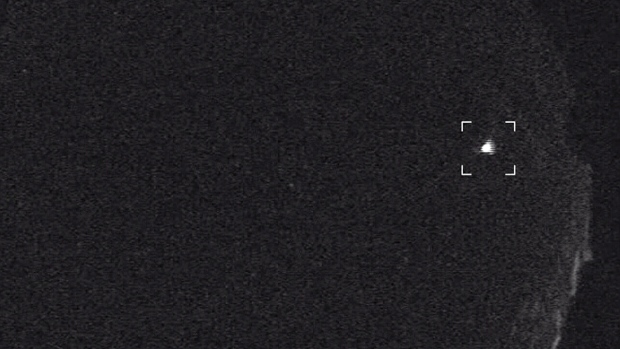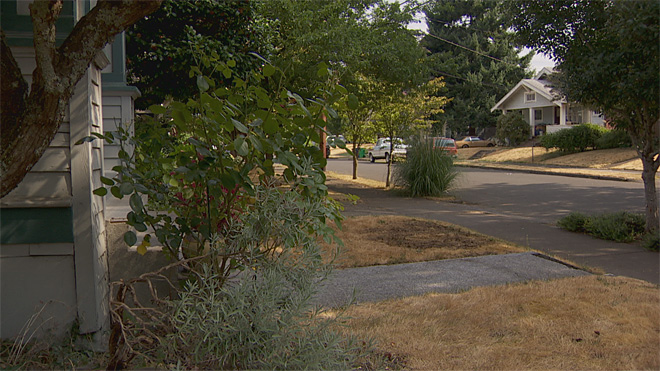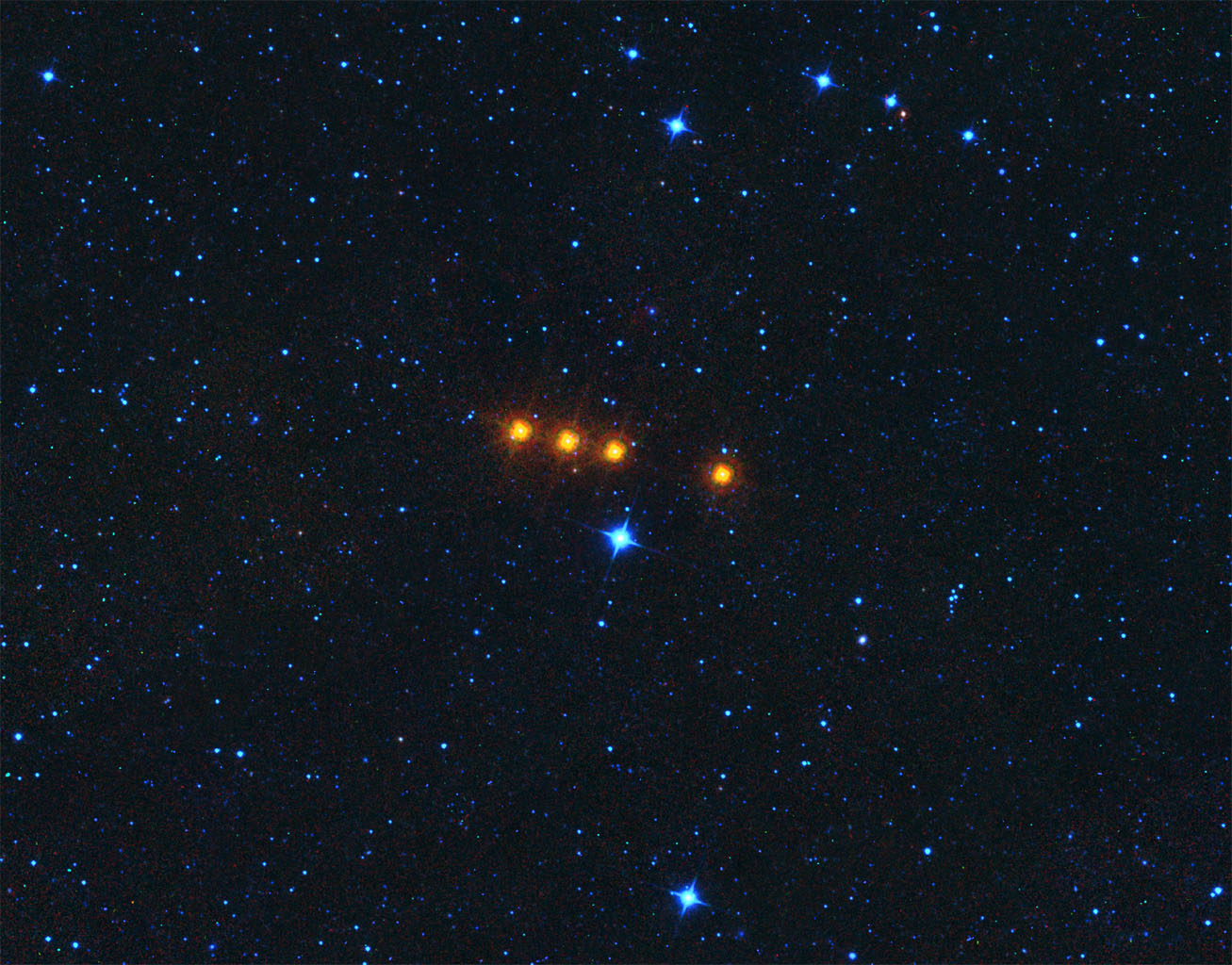
© Western UniversityThis photo shows a fireball shooting over London, Ont. on Aug 12.
Video released by Western University shows a bright fireball that quickly lit up the sky over London, Ont., on Wednesday night during a Perseid event.
According to Peter Brown, a professor with the department of physics and astronomy at Western University, the fireball was travelling at around 60 km per second.
Brown says the object was only about the size of a loonie but because of its immense speed, it was visible with the naked eye from Earth for about 1.5 seconds.
"At this speed, the fireball has the same amount of energy as 400 times its weight in dynamite," Brown said.
"The fireball was bright, much brighter than Venus and any other object in the sky. It was comparable to a half moon," Brown added.



Comment: With the increased frequency of meteors entering our atmosphere in recent years, one might wonder what they might be bringing with them, and the effects on earth of their overhead airbursts and impacts.